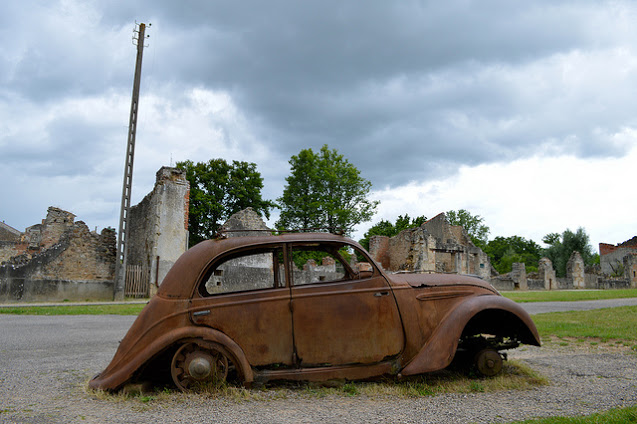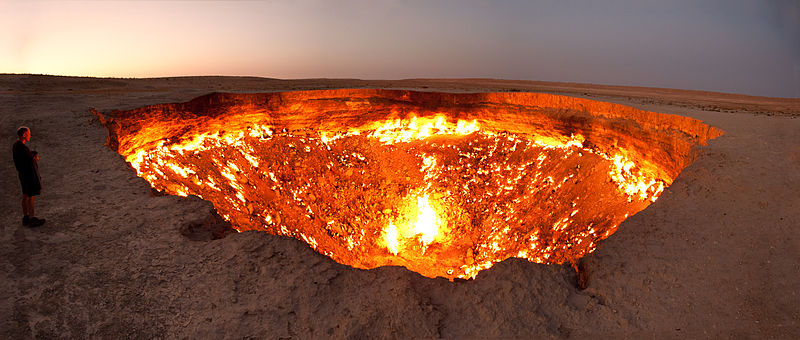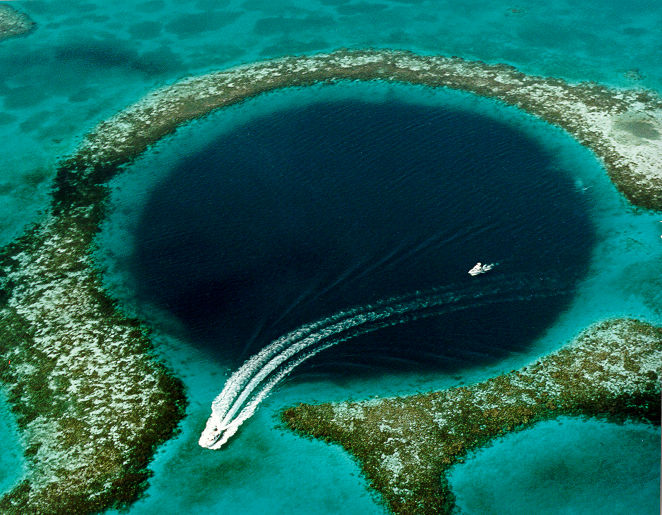
The Pantanal Conservation Area, located in Brazil, Bolivia & Paraguay, is the world’s largest tropical wetland, with an estimated surface area of about 170.000 square kilometres (at least 20 times the size of the Everglades, in Florida); it is one of the most unspoiled and unexplored places of the world.
For much of the year, 80% of the land is submerged by water, allowing the growth of a large variety of aquatic plants and supporting one of the world’s best diversity of wildlife. In addition to anacondas, caimans, jaguars, and many other animals, you can also meet the pantaneiros, people living here who rely on animal husbandry for their livelihood.
The Pantanal is home to several unique and iconic species found nowhere else in the world or in such abundance. It boasts the world’s highest density of jaguars, making it one of the best places to spot these elusive big cats in their natural habitat. The Pantanal also shelters the giant otter, a species endangered elsewhere but thriving in these wetlands. The hyacinth macaw, the largest flying parrot species, calls the Pantanal home, its vibrant blue feathers adding a splash of color to the lush greenery. Another unique resident is the Pantanal marmoset, a tiny primate found only in this region.
The wetlands are also a haven for birdlife, with over 650 species recorded, including the jabiru stork, a symbol of the Pantanal. This large, striking bird is known for its massive wingspan and distinctive red neck. Aquatic creatures like the golden dorado and pacu thrive in the Pantanal’s waterways, contributing to its reputation as an angler’s paradise.
The Pantanal’s vast and dynamic ecosystem, shaped by seasonal flooding, creates a unique mosaic of habitats that support this incredible biodiversity. Visitors can explore the area through eco-tourism lodges, safaris, and boat tours, experiencing the harmony of life in one of the most extraordinary natural environments on Earth.






